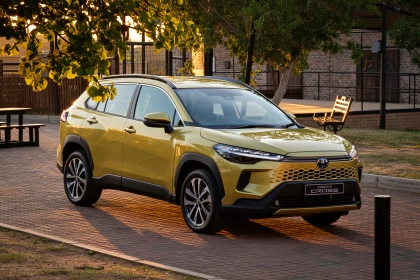South African consumers demonstrated a strong appetite for new passenger vehicles in March, according to figures released today by naamsa | The Automotive Business Council. Passenger car sales totalled 33,447 units, reflecting a remarkable 25.3% increase compared to March 2024. This contributed to a 12.5% overall rise in total vehicle sales for the month, reaching 49,493 units. Actual sales figures for March may be higher than reported, as several Chinese brands are not yet included in the current data.
Brandon Cohen, National Chairperson of the National Automobile Dealers Association (NADA), noted that this performance was particularly encouraging for the retail sales channel, following a robust 17% year-on-year increase in February.
“The resilience in new vehicle sales is evident, despite ongoing financial constraints for consumers. The growing pressure on financial institutions to approve credit is influencing purchasing behaviour, while rising electricity costs and fluctuating fuel prices continue to strain household budgets. Nevertheless, new car sales remain buoyant, particularly in the lower market segments, with medium car sales remaining stable.”
“Historically, we have seen that in financial downturns such as those in 1998/99, 2007/08, and 2019/20 have led to a marked shift towards used vehicles as more affordable options. However, this trend is not as pronounced in the current environment, with strong growth in new vehicle sales instead,” said Cohen.
Unfortunately, commercial vehicle sales remain subdued. Light commercial vehicle sales declined by 8.4% year-on-year, while medium truck sales decreased by 1.8%, with heavy truck and bus volumes marginally down by 0.5%.
The total market for March indicated that 86.8% of vehicles were sold through franchised dealerships, 7.3% to the vehicle rental industry, 3.5% to government, and 2.5% to corporate fleets.
“With overall sentiment remaining constrained, we are adopting a cautious stance, particularly with the upcoming budget vote and potential US tariff announcements on the horizon. The sustained demand for passenger vehicles is a positive indicator, but broader economic uncertainties continue to shape the outlook for the automotive sector,” concluded Cohen.












